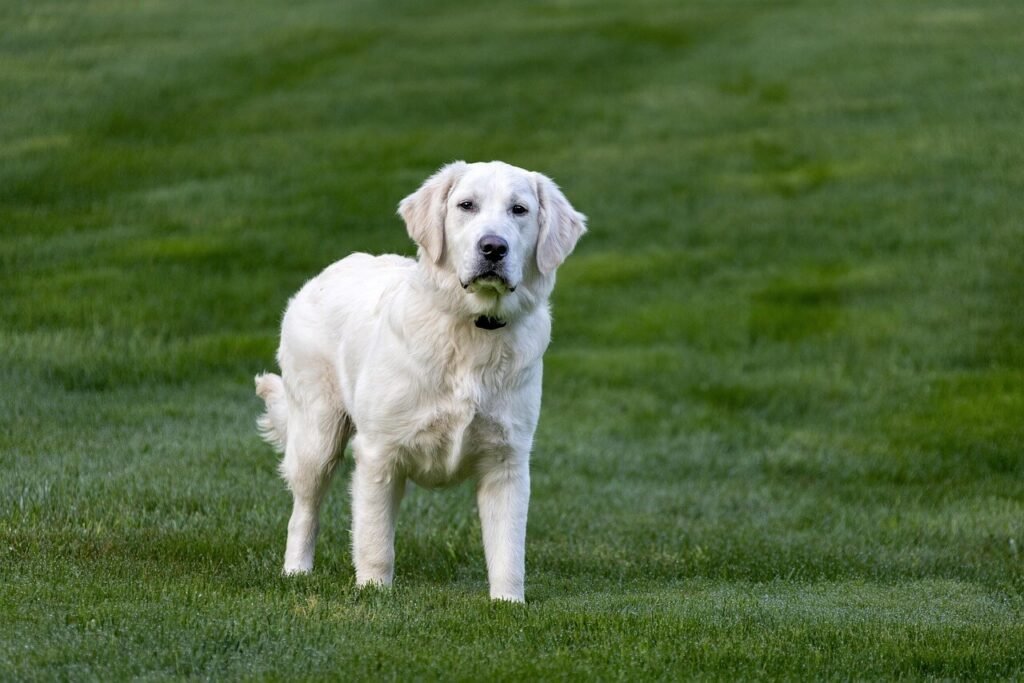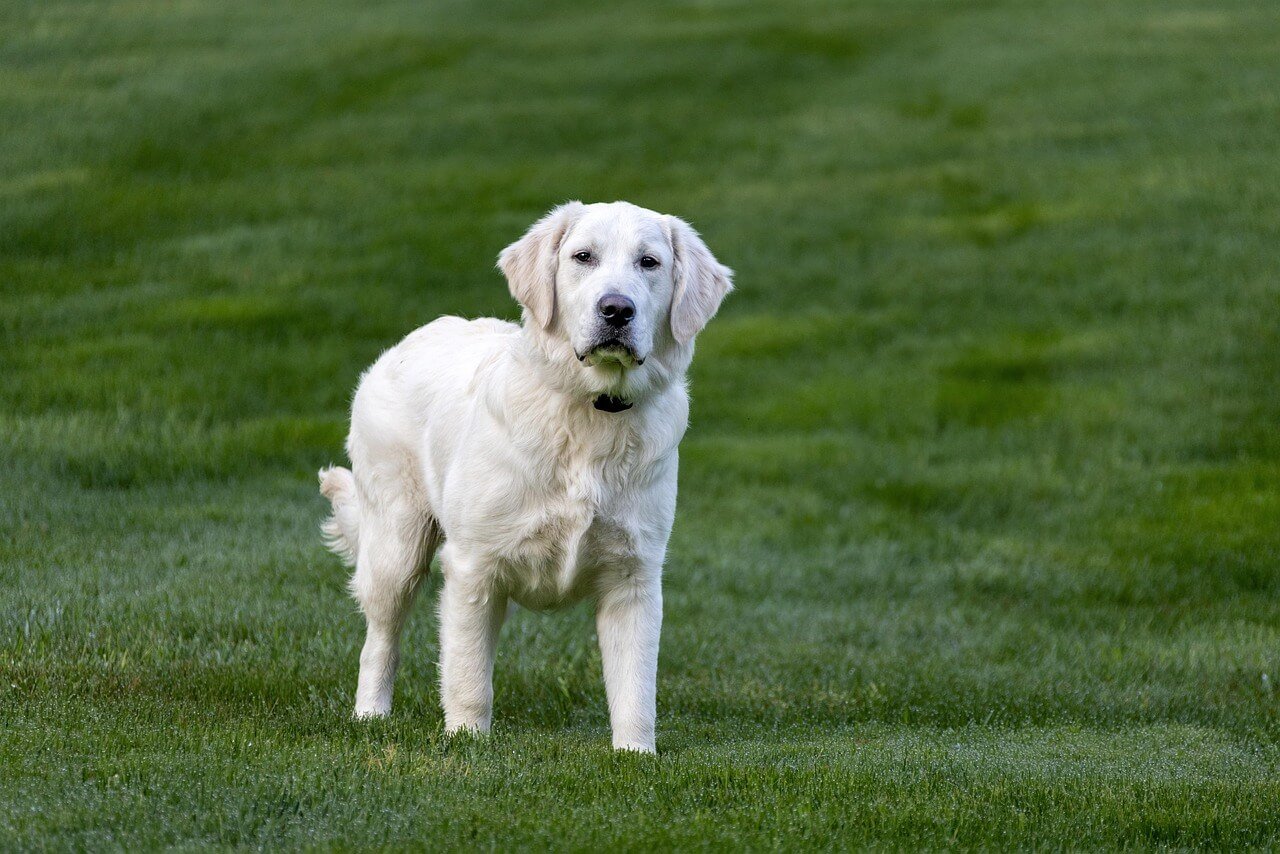Can I Walk My Dog After Cutting the Quick?
Trimming your dog’s nails is an essential part of their grooming routine, but accidents can happen. One common mishap is cutting the quick—the sensitive part of the nail that contains nerves and blood vessels. If you’ve accidentally cut the quick or are concerned about how it might affect your dog’s daily activities, you may wonder whether it’s safe to take them for a walk. While walking is generally beneficial for dogs, certain precautions are necessary when dealing with an injured nail. In this blog post, we’ll explore what happens when the quick is cut, how to care for your dog afterward, and whether walking is advisable in such situations.
What Happens When You Cut the Quick?
Cutting the quick is painful for your dog and can lead to bleeding and discomfort. Understanding the immediate effects helps you respond appropriately and ensure your dog’s well-being.
Pain and Discomfort:
The quick contains nerves, so cutting it causes sharp pain that may make your dog anxious or fearful.Bleeding:
The quick also contains blood vessels, which means cutting it often results in bleeding that can be difficult to stop without proper care.Increased Sensitivity:
Even after the initial pain subsides, the injured nail remains tender and may cause discomfort during movement.Risk of Infection:
An open wound from cutting the quick is susceptible to bacteria, increasing the risk of infection if not treated promptly.Behavioral Changes:
Your dog may exhibit signs of stress, such as limping, licking the affected paw excessively, or avoiding putting weight on it.
Understanding these consequences highlights the importance of careful nail trimming and immediate first aid when accidents occur.

When Is It Safe to Walk Your Dog After Cutting the Quick?
Walking your dog after cutting the quick depends on the severity of the injury and how well it has been managed. Here are some guidelines to help you decide.
Assess the Bleeding:
If the bleeding hasn’t stopped completely, avoid walking your dog until the wound is under control to prevent further injury.Monitor Pain Levels:
If your dog shows signs of significant pain or limping, postpone walks until they seem more comfortable.Check for Infection:
Look for redness, swelling, or discharge around the nail. Walking should be avoided if there’s any sign of infection.Allow Time to Heal:
Minor injuries may heal within a day or two, but deeper cuts could take longer. Wait until the nail appears less sensitive before resuming walks.Consult Your Vet:
If you’re unsure about the severity of the injury, seek professional advice to determine when it’s safe to walk your dog again.
By following these steps, you can ensure your dog’s safety and comfort while allowing time for proper healing.
Check this guide 👉What Angle to Trim Dog Nails? Best 7 Expert Tips!
Check this guide 👉Understanding Dog Nail Anatomy: Best 7 Expert Tips!
Check this guide 👉Understanding Dog Nail Cancer: Best 7 Expert Tips!
Signs Your Dog Is Ready to Walk Again | Signs You Should Delay Walking |
|---|---|
Bleeding has completely stopped | Bleeding persists or reopens |
No visible signs of pain or limping | Dog avoids putting weight on the paw |
Nail appears dry and scabbed over | Swelling or redness around the nail |
Dog resumes normal activity levels | Excessive licking or chewing the paw |
No signs of infection | Discharge or foul odor from the wound |
How to Care for Your Dog After Cutting the Quick
Proper aftercare is crucial to prevent complications and promote healing. Follow these steps to ensure your dog recovers quickly and comfortably.
Stop the Bleeding:
Use styptic powder, cornstarch, or a clean cloth to apply gentle pressure until the bleeding stops.Clean the Wound:
Wash the injured area with mild soap and water to reduce the risk of infection. Avoid harsh chemicals that could irritate the skin.Apply an Antiseptic:
Use a pet-safe antiseptic solution to disinfect the wound and keep it clean during the healing process.Bandage the Paw (If Necessary):
For severe cuts, loosely wrap the paw with a sterile bandage to protect it from dirt and debris.Monitor for Complications:
Keep an eye on the nail for signs of infection or prolonged discomfort, and contact your vet if anything seems unusual.
With attentive care, your dog’s nail will heal properly, minimizing the impact on their daily routine.
Preventing Accidental Quick Cuts in the Future
Accidentally cutting the quick can be stressful for both you and your dog. Taking preventive measures ensures safer nail trims moving forward.
Use Proper Tools:
Invest in high-quality dog nail clippers or grinders designed to reduce the risk of cutting too deeply.Identify the Quick:
For light-colored nails, look for the pink part inside the nail. For dark nails, trim small sections at a time to avoid hitting the quick.Regular Trimming:
Keeping your dog’s nails short reduces the likelihood of cutting into the quick, as it grows alongside the nail.Desensitize Your Dog to Nail Care:
Gradually introduce your dog to having their paws handled and reward them with treats to create positive associations.Seek Professional Help:
If you’re unsure about trimming your dog’s nails yourself, consider hiring a professional groomer or asking your vet for assistance.
By adopting these practices, you can minimize the risk of cutting the quick and make nail trimming a stress-free experience.
Tips for Calming a Stressed Dog After Cutting the Quick
After cutting the quick, your dog may feel anxious or frightened. Helping them relax is essential for their recovery and your peace of mind.
Create a Quiet Space:
Place your dog in a calm, low-stimulus environment where they can rest undisturbed.Offer Comfort Items:
Provide their favorite blanket or toy to help soothe them and ease anxiety.Use Positive Reinforcement:
Reward your dog with treats or praise to distract them from the pain and build trust.Apply a Calming Aid:
Consider using pheromone sprays or calming supplements to reduce stress and promote relaxation.Spend Quality Time Together:
Sit with your dog and offer gentle pets to reassure them that everything is okay.
By focusing on comfort, you can help your dog recover emotionally and physically after cutting the quick.
Benefits of Regular Nail Maintenance
Regular nail trimming offers numerous benefits beyond preventing quick cuts. Incorporating this practice into your routine enhances your dog’s overall health and happiness.
Improved Mobility:
Overgrown nails can alter your dog’s gait, leading to joint pain or posture issues. Trimming prevents these problems.Reduced Risk of Injury:
Long nails are more prone to breaking or snagging, which can cause significant discomfort for your dog.Enhanced Grip and Stability:
Properly trimmed nails allow your dog to maintain better traction on various surfaces.Prevention of Infections:
Regular trimming minimizes the buildup of dirt and bacteria under the nails.Strengthened Bond Through Grooming:
Consistent nail care fosters trust and strengthens the relationship between you and your dog.
Making nail maintenance a priority ensures your dog stays active, healthy, and comfortable.
Alternatives to Traditional Nail Trimming
If traditional nail trimming proves challenging, alternative methods can help keep your dog’s nails in check while reducing stress for both you and your pet.
Nail Grinding Tools:
Electric nail grinders file down nails gradually, minimizing the risk of cutting the quick.Scratching Surfaces:
Encourage natural wear by providing abrasive surfaces like concrete paths or specialized scratching mats.Professional Grooming Services:
Skilled groomers can handle even the most resistant dogs with expertise and care.Lifestyle Adjustments:
Increase outdoor activities on hard surfaces to naturally wear down your dog’s nails over time.Veterinary Assistance:
Some vets offer sedation-based nail trims for highly anxious or aggressive dogs, ensuring safety and precision.
Exploring these alternatives gives you flexibility in managing your dog’s nail care effectively.
Frequently Asked Questions About Walking Your Dog After Cutting the Quick
How long does it take for a cut quick to heal?
Healing typically takes 1-2 weeks, depending on the severity of the injury.
Can I use a bandage on my dog’s paw?
Yes, but ensure it’s snug enough to stay in place without restricting circulation.
Should I skip walks entirely until the injury heals?
Not necessarily—short, gentle walks are fine if your dog seems comfortable.
What if my dog won’t stop licking the injury?
Consider using an e-collar to prevent excessive licking and promote faster healing.
Is it normal for my dog to limp after cutting the quick?
Yes, limping is common but should improve within a few days.
Prioritizing Your Dog’s Comfort and Recovery
Cutting the quick can be a stressful experience for both you and your dog, but with proper care and attention, your furry friend will recover quickly. By understanding the risks, providing appropriate aftercare, and taking preventive measures, you can ensure your dog stays happy and healthy. Remember, patience is key—allowing time for healing before resuming walks prioritizes your dog’s well-being above all else. With these tips in mind, you’ll be better equipped to handle future nail trims confidently and safely.
Canned Pumpkin for Cat Diarrhea: Best 7 Expert Tips! Natural remedy to firm stools, soothe upset bellies, and support gut health safely.
Can a Cat Give You Scabies? Best 7 Expert Tips! Discover the truth about feline mites, human skin risks, and how to protect yourself—without panic.
Cat Flea vs Human Flea: Best 7 Expert Tips! Discover the truth about bites, species, and how to eliminate infestations for good.
Weird Cat Behaviors: Best 7 Expert Tips! Discover why cats do strange things—and how to understand, not punish, their instincts for a happier home.





